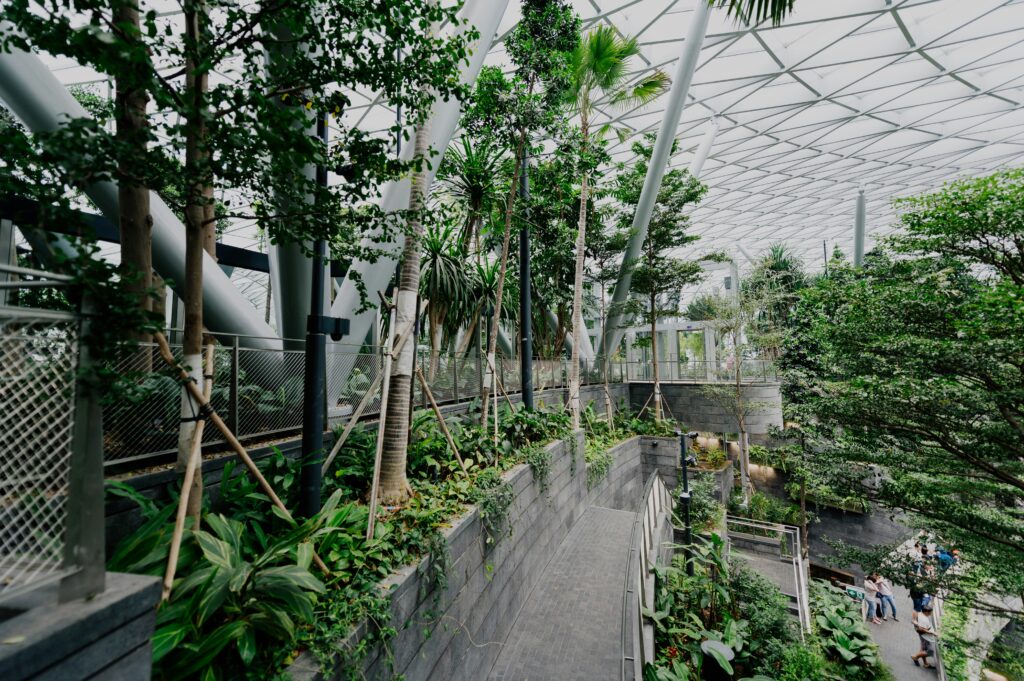Creating a bioactive habitat for your pet insects transforms a simple enclosure into a thriving miniature ecosystem. Unlike traditional setups that require frequent cleaning and substrate changes, bioactive habitats utilize beneficial microorganisms, plants, and small creatures to create a self-sustaining environment that mimics your insect’s natural habitat. These living terrariums not only provide a more natural and stimulating environment for your pet insects but also require less maintenance once established. Whether you’re keeping praying mantises, stick insects, beetles, or other invertebrates, a properly designed bioactive setup can enhance their quality of life while creating a fascinating display that’s both educational and aesthetically pleasing.
Understanding the Bioactive Concept
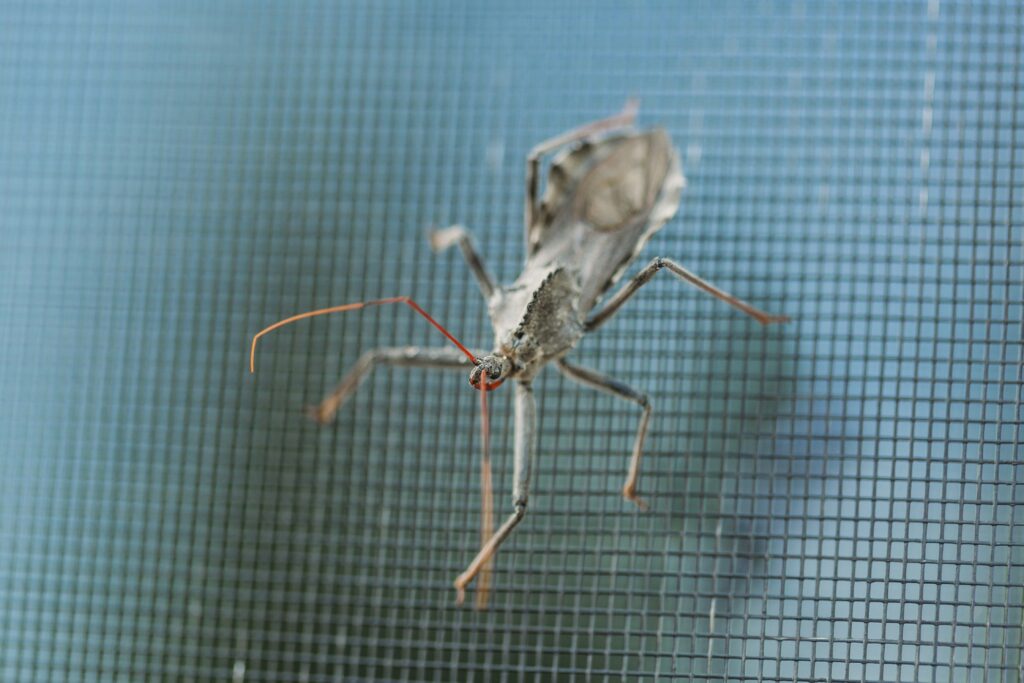
A bioactive habitat is essentially a mini-ecosystem that contains various organisms working together to maintain balance, just as they would in nature. At its core, the bioactive approach incorporates a “cleanup crew” of microorganisms, fungi, and small invertebrates that break down waste, preventing mold and harmful bacteria from proliferating. These decomposers transform insect waste, dead plant matter, and food remnants into nutrients that feed the plants in the enclosure. The plants, in turn, help maintain humidity levels, provide natural hiding spots, and contribute to the aesthetic appeal of the habitat. This cycle of decomposition and growth creates a relatively self-sustaining system that requires minimal intervention once properly established.
Selecting the Right Enclosure

The foundation of any successful bioactive habitat begins with choosing an appropriate enclosure that meets both your insects’ needs and allows for proper ecosystem development. Glass terrariums are often ideal as they provide excellent visibility and maintain humidity well, with options ranging from traditional aquariums to specialized insect terrariums with ventilated tops. The size requirements depend on your specific insect species – larger insects like stick insects or praying mantises will need more vertical space, while ground-dwelling beetles require more floor area. Ensure your chosen enclosure has adequate ventilation to prevent excessive moisture buildup while still maintaining appropriate humidity levels for your specific species. Consider access points carefully, as you’ll need to perform occasional maintenance and easily add food without disturbing the habitat’s delicate balance.
Creating a Proper Drainage Layer

The foundation of any bioactive setup is a proper drainage layer, which prevents water from pooling at the bottom of the enclosure and causing root rot or anaerobic conditions. Start by adding a 1-2 inch layer of drainage material such as hydroballs, LECA (Lightweight Expanded Clay Aggregate), lava rock, or even simple aquarium gravel at the bottom of your enclosure. This layer creates pockets of air and space for excess water to collect away from the substrate, preventing mold and harmful bacteria growth. For terrariums with high humidity requirements, consider installing a drainage outlet or using a turkey baster to occasionally remove excess water that collects in this layer. Cover the drainage layer with a fine mesh screen or landscape fabric to prevent substrate from washing down while still allowing water to pass through.
Selecting and Preparing the Substrate
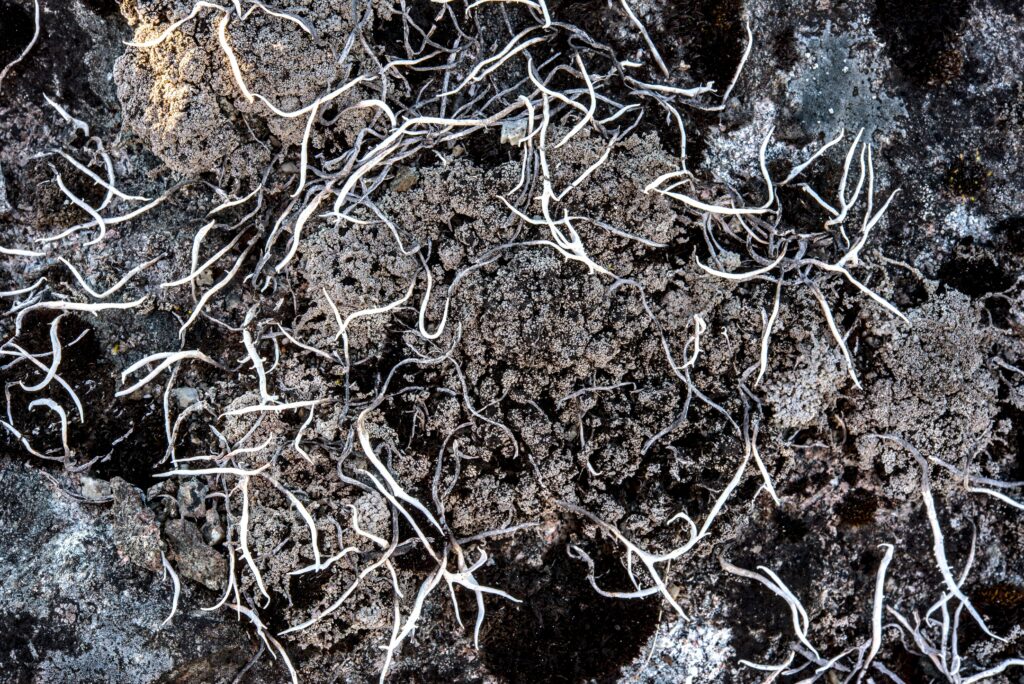
The substrate forms the foundation of your bioactive habitat and serves multiple purposes including anchoring plants, housing beneficial microorganisms, and providing a medium for cleanup crews to thrive. For most insect habitats, a mixture of organic components works best – typically including coconut fiber (coir), organic potting soil without fertilizers, sand, charcoal, and leaf litter in varying ratios depending on your insects’ needs. Tropical species thrive in substrates with higher proportions of coconut fiber and leaf litter, while arid habitat species prefer more sand and less moisture-retaining materials. Ensure all components are pesticide-free, as even trace amounts can harm your insects and cleanup crew. The substrate depth should be at least 2-3 inches to allow for proper plant rooting and to give the cleanup crew sufficient space to establish colonies.
Introducing the Cleanup Crew

The cleanup crew is the workforce of your bioactive ecosystem, responsible for breaking down waste materials and preventing mold growth. Springtails (Collembola) are tiny, jumping arthropods that feed on mold and are essential for nearly all bioactive setups, while isopods (commonly known as roly-polies or woodlice) break down larger waste materials and add biodiversity. Different species thrive in different conditions – dwarf white isopods and tropical springtails are excellent for humid environments, while powder blue isopods and temperate springtails may be better suited for less humid setups. Before introducing your cleanup crew, allow the enclosure to cycle for 1-2 weeks to develop beneficial microorganisms and light fungal growth that will serve as initial food sources. Start with a modest population – approximately 20-30 isopods and a small culture of springtails for a medium-sized terrarium – as they will reproduce naturally if conditions are suitable.
Selecting Appropriate Plants

Plants play a crucial role in bioactive insect habitats by maintaining humidity, providing climbing and hiding spots, and contributing to the overall ecosystem function. When selecting plants, consider your insect species’ natural habitat and requirements – tropical insects benefit from moisture-loving plants like pothos, ferns, and small bromeliads, while arid habitat species may do better with succulents and air plants. Ensure all plants are pesticide-free by quarantining newly purchased specimens for at least two weeks, or by growing them from seeds or cuttings yourself. Consider the growth habit of plants – some vigorous species may quickly outgrow smaller enclosures, requiring frequent pruning. For insects that feed on plant material, select non-toxic species that can withstand some browsing, and perhaps include sacrificial plants specifically for consumption.
Adding Natural Décor Elements
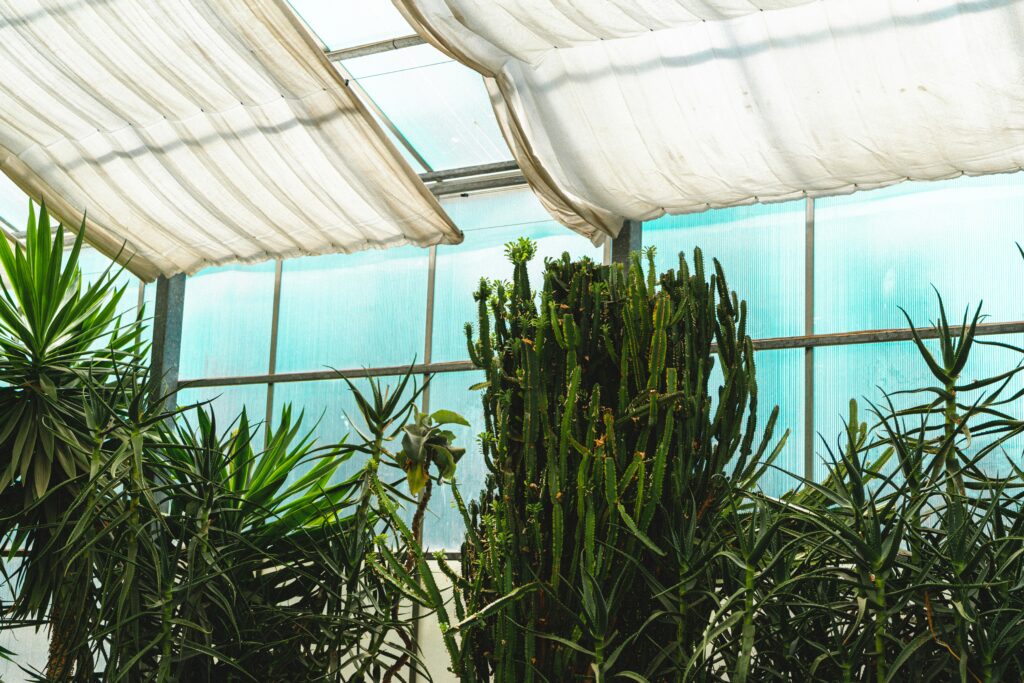
Natural décor not only enhances the aesthetic appeal of your bioactive habitat but also provides crucial microhabitats for both your insects and cleanup crew. Cork bark pieces offer excellent climbing surfaces and hiding spots while eventually breaking down to add organic matter to the substrate. Branches and driftwood create additional climbing opportunities and perches, though ensure any collected materials are properly sanitized by baking at 250°F (121°C) for 30-60 minutes to eliminate potential pests. Leaf litter is perhaps the most functional décor element, providing hiding places for cleanup crew members, additional decomposable material, and helping maintain humidity levels at the substrate surface. Consider adding small stones or pebbles for visual interest and to create variation in the habitat’s topography, ultimately creating a more complex and stimulating environment for your insects.
Maintaining Proper Lighting
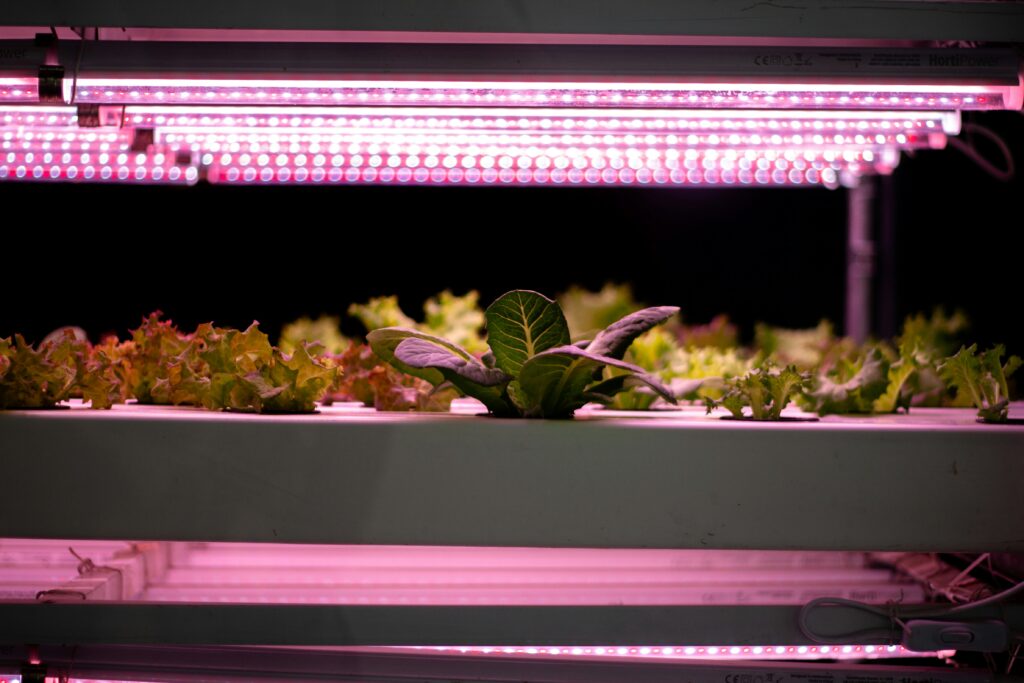
Appropriate lighting serves multiple functions in a bioactive insect habitat, supporting plant growth, regulating behavioral cycles for your insects, and creating proper temperature gradients. For planted setups, a full-spectrum LED light designed for terrarium or aquarium use provides sufficient illumination for most low to medium-light plants without generating excessive heat. Position the lighting to create distinct areas of brightness and shadow within the enclosure, allowing your insects to thermoregulate by moving between zones. Maintain a consistent light cycle of approximately 12 hours on and 12 hours off to simulate natural day/night patterns, which is crucial for normal insect behavior and breeding cycles. For species requiring higher temperatures or UVB exposure (uncommon for most insects but necessary for some), specialized reptile lighting systems can be adapted with proper distance management to prevent overheating.
Managing Temperature and Humidity

Creating and maintaining appropriate temperature and humidity levels is essential for the health of both your insects and the bioactive components of their habitat. Research your specific insect species’ requirements, as tropical species typically need higher humidity (60-80%) and temperatures (75-85°F), while temperate or desert species require drier conditions and possibly greater temperature fluctuations. Small digital hygrometers and thermometers placed at different heights in the enclosure allow you to monitor conditions throughout the habitat. For species requiring higher humidity, regular misting, automated misting systems, or installing a small water feature can help maintain moisture levels, while additional ventilation helps control excess humidity for species preferring drier conditions. Temperature can be regulated using heat mats placed on the side (not bottom) of the enclosure, ceramic heat emitters, or simply by proper room placement, always ensuring your insects can move to cooler areas if needed.
Feeding in a Bioactive Setup
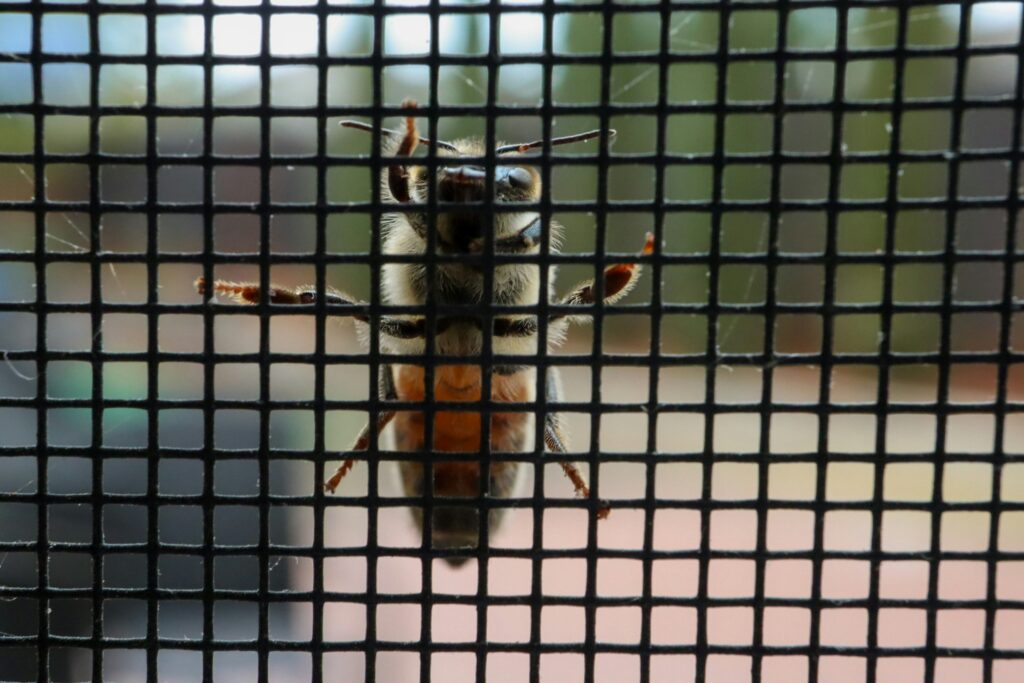
Feeding practices in bioactive habitats require special consideration to maintain ecosystem balance while ensuring your insects receive proper nutrition. For predatory insects like mantises or certain beetles, offer prey items on feeding platforms or designated areas to prevent prey from burrowing into the substrate and disrupting the cleanup crew. Herbivorous insects may feed directly on live plants within the enclosure, but supplemental feeding with fresh leaves or vegetables may still be necessary to prevent overgrazing. Remember that any uneaten food must be removed promptly to prevent mold growth that could overwhelm your cleanup crew. The cleanup crew itself requires feeding, especially in newer setups or those with limited natural detritus – occasionally sprinkle small amounts of fish flakes, mushroom pieces, or specialized isopod food in corners of the enclosure to support these beneficial organisms during establishment phases.
Monitoring Ecosystem Health

A thriving bioactive habitat requires regular observation to ensure all components remain in balance. Healthy plant growth, active cleanup crew populations, and the absence of foul odors or excessive mold are indicators of a well-functioning system. Monitor the substrate moisture by gently pressing your finger into it – it should feel slightly damp but not waterlogged for most tropical setups, or slightly dry for arid habitats. The presence of small mushrooms occasionally appearing is usually a sign of healthy decomposition processes rather than a problem. Watch for potential issues such as declining plant health, disappearing cleanup crew members, or excessive moisture, addressing imbalances before they become serious problems. Keep a habitat journal to track changes over time, noting watering schedules, plant growth, population estimates of cleanup crew, and any modifications you make to the system.
Troubleshooting Common Issues
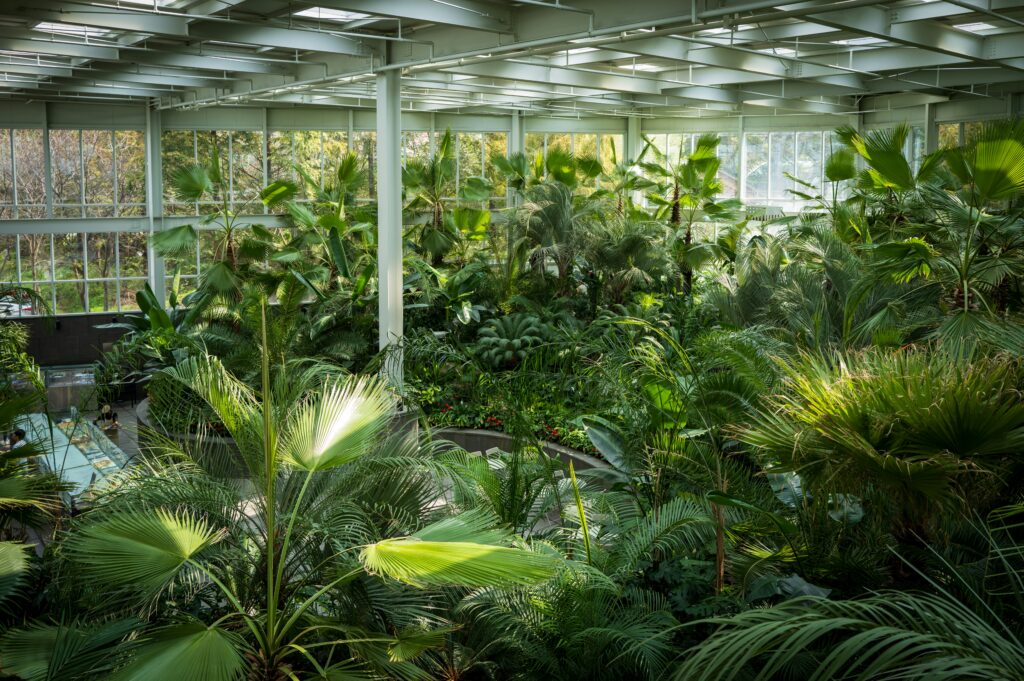
Even well-established bioactive habitats can encounter problems that require intervention to maintain balance. Excessive mold growth beyond what your cleanup crew can manage may indicate overfeeding, insufficient ventilation, or an underpopulated cleanup crew – address this by removing visible mold, increasing air circulation, and potentially adding more springtails specifically. Declining plant health often results from improper lighting, overwatering, or insufficient drainage – check root systems for rot and adjust care accordingly. If your cleanup crew population seems to be diminishing, they may lack sufficient food sources or appropriate hiding spaces – add more leaf litter and occasional supplemental foods while ensuring humidity levels remain appropriate for their needs. Pest introductions such as fungus gnats or unwanted mites can occur despite precautions – these can often be managed by temporarily reducing moisture, introducing beneficial predatory mites, or in severe cases, completely removing your pet insects and renovating the habitat.
Long-term Maintenance Strategies

While bioactive habitats require less frequent maintenance than traditional setups, certain ongoing care is necessary to ensure long-term success. Perform periodic plant maintenance including pruning overgrown vegetation, removing dead leaves, and occasionally replacing plants that have outgrown the space. Every few months, top up the substrate with fresh materials as it gradually breaks down and compacts – adding a thin layer of new substrate and leaf litter helps replenish nutrients and maintain appropriate depth. Supplement your cleanup crew populations annually or as needed, especially after any disruptions to the ecosystem or if you notice declining numbers. The drainage layer may require occasional attention, particularly in humid setups where excess water accumulates – use a turkey baster or small siphon to remove standing water if necessary. With proper care and monitoring, a bioactive insect habitat can remain functional and beautiful for many years, evolving into an increasingly stable and self-regulating ecosystem.
Ethical Considerations and Environmental Impact

Creating bioactive habitats comes with ethical responsibilities regarding both the care of your insects and the environmental impact of your hobby. Source insects ethically from reputable breeders rather than wild-caught specimens, which can impact natural populations and potentially introduce parasites or diseases to your setup. Similarly, obtain cleanup crew species from established cultures rather than collecting from the wild, as introduced species can potentially become invasive if accidentally released. When selecting plants and materials, opt for sustainably sourced options – many specialty pet stores now offer ethically harvested terrarium materials, or consider growing your own plants from cuttings. Create an emergency plan for your bioactive habitat in case you can no longer care for it, including identifying potential adopters who understand the complex needs of the entire ecosystem. By approaching insect-keeping with these considerations in mind, you contribute to responsible and sustainable pet ownership within the invertebrate hobby community.
Creating a bioactive habitat for pet insects represents the intersection of art, science, and animal husbandry. While it requires more initial investment in time and research than a basic setup, the rewards are substantial – a more natural environment for your insects, reduced maintenance over time, and a fascinating miniature ecosystem to observe and learn from. Each bioactive habitat becomes a unique living display that evolves and changes, creating endless opportunities for discovery. As you gain experience, you’ll develop an intuitive understanding of the delicate balance required to maintain these systems, allowing you to create increasingly sophisticated and successful habitats. Whether you’re a beginner or experienced insect keeper, the bioactive approach offers a rewarding way to enhance your pets’ wellbeing while creating a beautiful slice of nature within your home.

